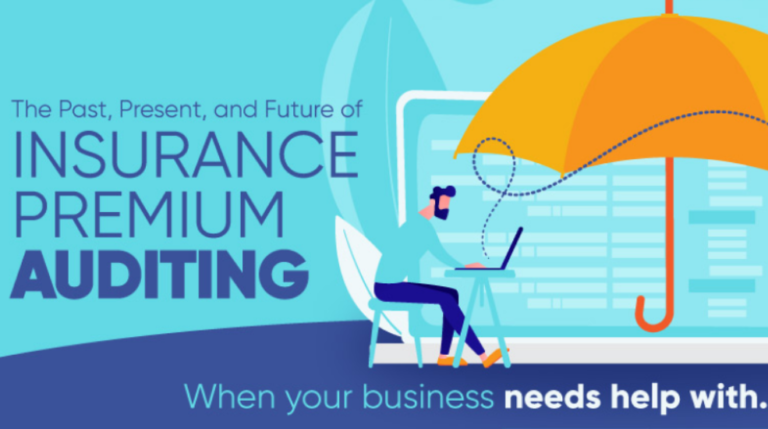Insurance premium auditing is a meticulous process that involves determining the actual premium that a business must pay based on estimates. It is calculated based on multiple inputs including estimated payroll, business operations, and losses divided by mod.
Usually these audits are carried out on an annual basis, usually after expiration. There are a few different outcomes for a business depending on the final statement. If the estimate is too low, a company will receive a bill for the additional premium. A too high estimate will result in a refund in the form of a policy credit or a check.
This final premium can be ssdetermined by a mixture of factors that are both qualitative and quantitative. Qualitative factors can include auditor bias and rates that apply to the business. Quantitative factors include the actual premium basis and proper classifications.
If all of these factors are not accurately assessed, there can be an incorrect assessment of insurance needs. In fact, 25-50% of business owners with insurance policies have been overcharged at some point in the audit process. Thanks to the poor estimates, 10-20% of the $60 billion in premium cost per year are lost to premium leakage.
More about Insurance Premium Auditing
There is a detailed set of steps in the insurance premium auditing process. First, the business is contacted by an auditor who either works for or is contracted by the insurance company. They then begin to conduct an audit through a variety of methods, including virtually, by phone, or by email.
During the actual auditing, auditors review records of payroll, cash disbursements, tax records at the federal and state level, and cash receipts. After gathering all relevant information, a final statement is issued and then sent to the company, resulting in either a bill or a credit.
Clearly it is important to conduct a fair and comprehensive auditing process. AI can be a helpful tool in this process. It can help in a variety of ways, including detecting anomalies and predicting premium trends and impacts. AI is also able to improve evidence-based classification, uncover real time business operation shifts, and boost data accuracy and reliability.
It is able to support the auditing process across many different platforms, such as video conferences, phone calls, auto paper mailings, and web-based portals. AI can also apply predictive analytics, which can reduce the likelihood of inaccuracies in the estimation process.
Thankfully, AI-enforced insurance premium auditing tools are available to almost every type of company, from small mom and pop stores to multi-billion dollar conglomerates. There are also offerings across many different industries, including healthcare, retail, and sports teams.
Final Verdict
These tools are helpful across multiple steps of the auditing process. It is able to provide audit management by becoming the point of contact with the auditor and providing clear communication throughout the entire process.
Documentation support and data review are two other clear benefits of these tools. After compiling all of this data and completing a thorough audit, the tool then directly engages with the auditor to ensure everything aligns with the submitted report to ensure accuracy.


